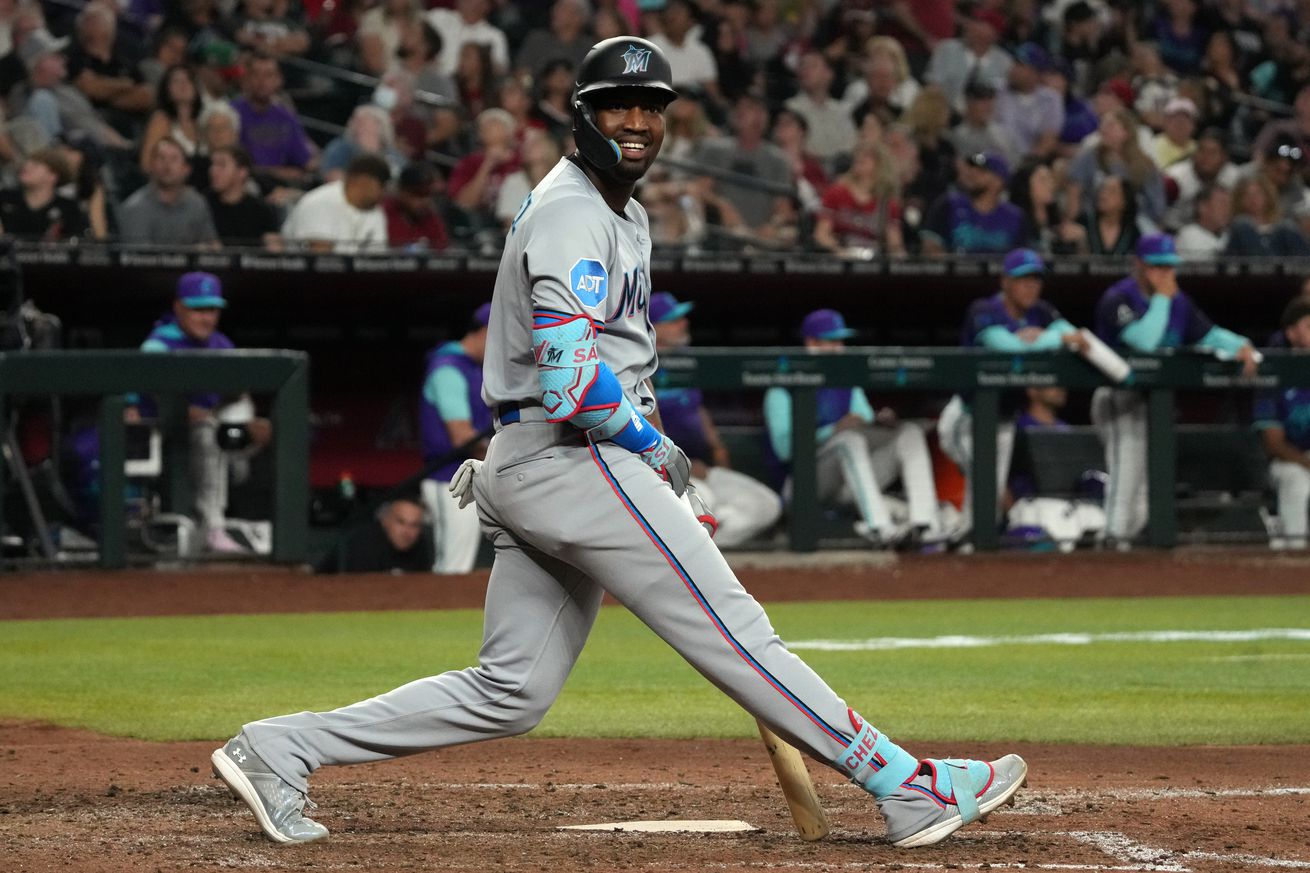
Someone to go with other than Cedric Mullins
My colleague Clack commented on the pursuit of Cedric Mullins. I have hardly anything to add to that analysis as he correctly pointed out the red flags in Mullins’ profile. However, the recent news that Yordan Alvarez will miss at least six more weeks might have Dana Brown a little more desperate. So, the need for a left fielder/left-handed bat is that much more important as the Houston Astros approach the trade deadline.
Before I even release the name I am thinking of, we need to look at the three important obstacles facing the Astros at this point. In essence, this is not 2017, 2019, or even 2021 when there were fewer restrictions. So, let’s take a look at the problems in order of likely importance.
Fewer Bullets in the chamber
As much as everyone would love to add an all-star player, all-stars costs multiple prospects at the trade deadline. This is where things get dicey. Every team has a list of top 30 prospects that MLB.com keeps tracks of. However, it is fair to ask how many of those prospects would be top 30 prospects in other organizations. The Yusei Kikuchi deal is a perfect example. It was a three for one deal for a rental because those three prospects just weren’t high impact guys.
That was for a seemingly middling pitcher on an expiring contract. How much would an all-star level player cost? How much would that player cost if he had years of team control beyond the 2025 season? Obviously, it takes two to tango and you have to have prospects those teams would want.
Second tax threshold
I’m not an accountant and I don’t play one on television, so I don’t know how much the Astros have underneath the threshold. Some estimates are as much as five million, but that ends up being a guess. We have passed the half-way point in the season, so a player with a ten million per season salary would fit just under that threshold.
This isn’t a hard cap, but it costs more than just money to go over that threshold. It costs international bonus pool money and draft compensation. It isn’t insignificant. So, even if you could satisfy another team’s demands, you have to ask yourself if it is a significant enough improvement to justify the additional cost.
Who is a seller?
When you have 60 or more games left in the season then some teams will think they are still in it. So, that reduces the number of teams that should be sellers. At that point, it becomes a question of which assets those teams think are sellable. Teams like the Colorado Rockies would rather throw pizza parties than actually make trades at the deadline.
So, it becomes a sweet spot of teams that should be sellers, willing to sell, and having players that they want to sell. So, any name I can produce is contingent on these three factors. Usually, this is not going to be a superstar level player. A few of those players get moved every deadline, but we don’t have the bullets to make that happen.
My Suggestion
The proposal I am making is understandably modest. I have no idea if this player is actually available, but he follows the first two rules. He would fit underneath the second tax threshold and he plays on a team that should be a seller. As per usual, we will begin with the basic numbers, but I will peel the onion and get to the core as we go. Allow me to introduce you to Jesus Sanchez.
He will become a free agent after the 2027 season. So, he comes with two additional seasons of team control. Admittedly, this adds some difficulty to the deal because you likely will have to trade multiple prospects to make it work. However, he is making only 4.5 million, so it would not preclude you from making an additional move.
Sanchez: .249/.318/.410, 7 HR, 30 Runs, 28 RBI, 8 SB
At first glance, it seems like he would come reasonably, but this is where we don’t know what the Marlins want or if they are willing to part with him. The Marlins are not exactly a model organization in terms of management. That could work to your advantage, but it also could work against you. Idiots can he bad, but idiots are also unpredictable. Let’s dig deeper into the numbers.
22.0% K, 9.0% BB, .298 BABIP, 45.1% Hard, 30.3 Chase
At first glance, he looks like a league average hitter in almost every respect. His strikeout rate is around league average and his walk rate is close to the league average. The same is true of his BABIP and chase rate. His 101 wRC+ is obviously also average. So, how much could a league average hitter cost? However, there are two things that we should know. First, let’s take a look at the Statcast numbers.
.272/.341/.508, .361 xwOBA
Compare those with his actual numbers. I’m not exactly sure if the whys and what fors can be explained. The Marlins home ballpark has the exact same park factor as Daikan Park (101). So, it isn’t necessarily a bad hitting environment at home, but those dimensions in Miami could be suppressing his power numbers. It is probably just a case where he is due some positive regression, but that has to be a part of the equation. The question is whether the Marlins are smart enough to see it.
Vs. RHP, .268/.335/.442
Vs, LHP, .154/.233/.256
So essentially, Sanchez is unplayable against lefties. So, the question is who you have that can play against lefties. Theoretically, Chas McCormick could return and serve in that role. Maybe Zach Dezenzo returns and serves in that role. Maybe the team plays Jose Altuve in left field against lefties. However, given his league average offense with the possibility for positive regression, Sanchez looks like a good target to consider.